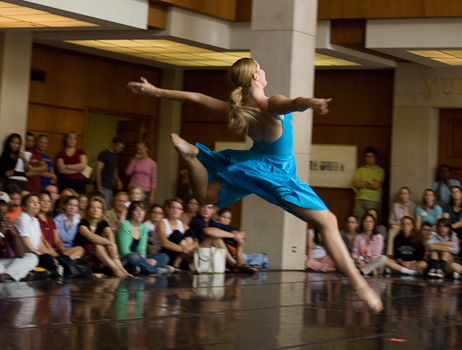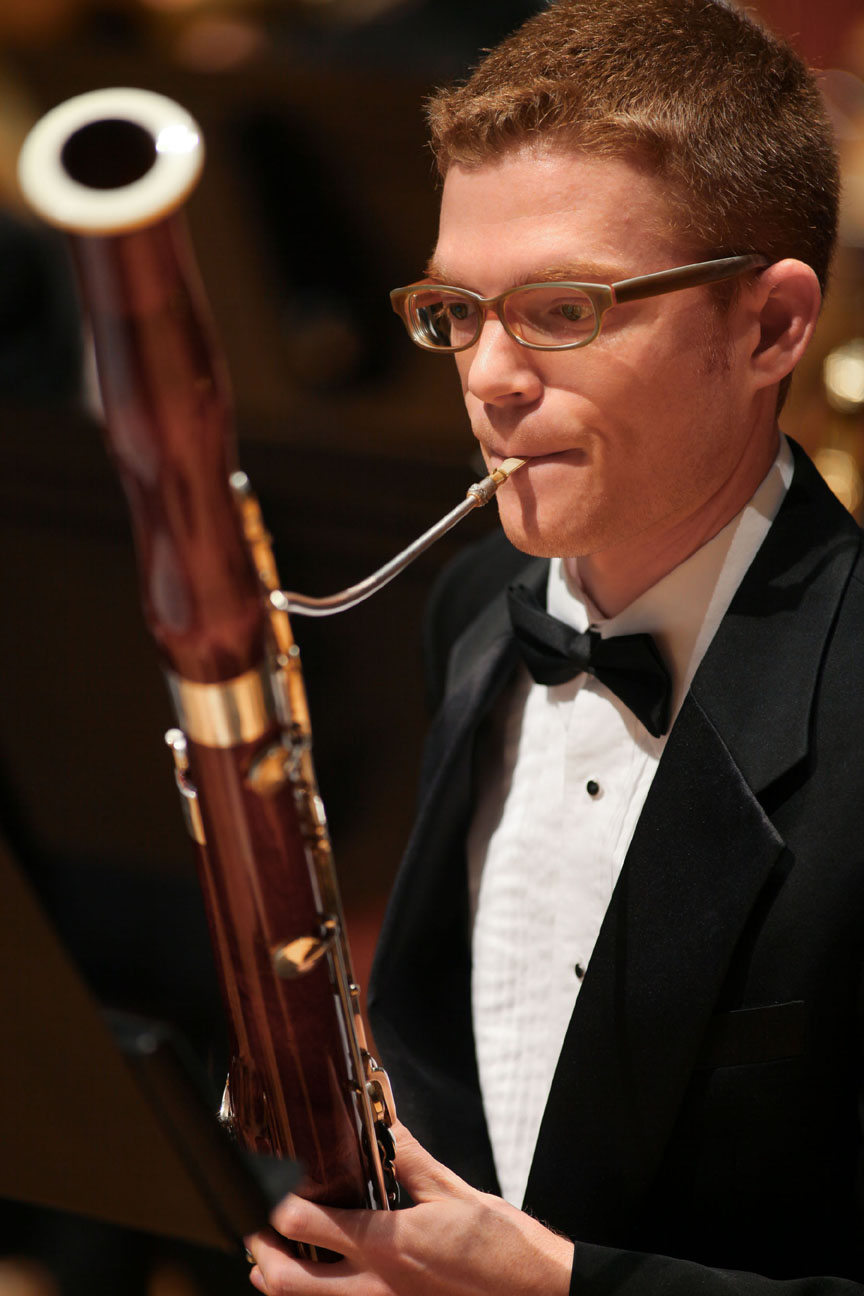Forum examines using audience data to assess the state of the arts
DALLAS (SMU) – SMU’s Meadows School of the Arts and Cox School of Business hosted a public forum on February 13 with the Cultural Data Project (CDP) — operated by The Pew Charitable Trusts and the national arts marketing consulting firm TRG Arts — to discuss the value of using in-depth data analysis to assess the condition of the arts in the United States.
DALLAS (SMU) – SMU’s Meadows School of the Arts and Cox School of Business hosted a public forum on February 13 with the Cultural Data Project (CDP) — operated by The Pew Charitable Trusts and the national arts marketing consulting firm TRG Arts — to discuss the value of using in-depth data analysis to assess the condition of the arts in the United States.

Both the CDP, based in Philadelphia, and TRG Arts, based in Colorado Springs, gather large amounts of arts data in the U.S. The CDP has been compiling information from cultural organizations since 2004. It is in the midst of a national expansion and now collects data from nearly 12,500 cultural organizations in 11 densely populated states and the District of Columbia about their finances, programs and operations.
TRG Arts analyzes arts databases for 18 metropolitan areas in the U.S. with information on the arts patronage of more than 20 million households. In addition to examining the possibility of a relationship with each other and SMU, the CDP and TRG Arts discussed the breadth of their work.
Currently, Dallas arts organizations are not part of either the CDP’s or TRG Arts’ efforts.
“There is rich potential for exploring what these two national data sets can reveal about the arts in the U.S., especially when combined with U.S. Census Bureau data,” said forum moderator Zannie Voss, chair and professor of arts management and arts entrepreneurship in the Meadows School of the Arts and Cox School of Business. “SMU is very interested in working with the CDP and TRG Arts on that national exploration.”
Rick Lester, president of TRG Arts, and Neville Vakharia, director of the Cultural Data Project, spoke at the forum along with Dr. Voss.

Lester discussed the benefits of sharing data among arts organizations, stating, “Data helps organizations stop guessing about what works and answer the question, ‘are we normal?’”
The new collaboration would also draw on the academic expertise of Meadows and Cox faculty in the fields of arts management, marketing, and statistics, led by Dr. Voss.
“The research and analysis will result in an in-depth assessment of the industry that allows arts managers to make more informed decisions and improve the health of their organizations,” Voss told North Texas arts leaders. “Findings would serve as a catalyst for discussion within the arts about how to collectively seize opportunities and address critical issues.”
“Our community has made an extraordinary investment in the infrastructure of the arts with the near completion of the downtown arts district,” said Becky Young, TACA president and executive director. “It’s absolutely time to utilize the tools of the CDP and TRG Arts to maximize the participation in and support of the arts in North Texas. With these tools and with SMU’s talented faculty and interns, participation in our cultural activities will expand by leaps and bounds.”
# # #